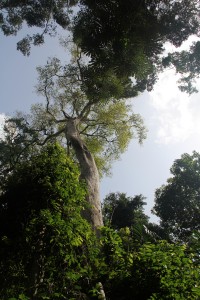State of the World’s Land and Water Resources for Food and Agriculture
If we keep to the current trajectory, producing the additional 50 per cent more food needed could mean water withdrawals for agriculture increasing by up to 35 per cent, according to the synthesis report State of the World’s Land and Water Resources for Food and Agriculture – Systems at breaking point (SOLAW 2021), published by the Food and Agriculture Organization of the United Nations in December 2021. That could create environmental disasters, increase competition for resources, and fuel new social challenges and conflicts.
Among the key challenges:
- Human-induced soil degradation affects 34 per cent – 1 660 million hectares – of agricultural land.
- More than 95 per cent of our food is produced on land, but there is little room for expanding the area of productive land.
- Urban areas occupy less than 0.5 per cent of the Earth’s land surface, but the rapid growth of cities has significantly impacted land and water resources, polluting and encroaching on prime agricultural land that is crucial for productivity and food security.
- Land use per capita declined by 20 per cent between 2000 and 2017.
- Water scarcity jeopardises global food security and sustainable development, threatening 3.2 billion people living in agricultural areas.
With limited arable land and freshwater resources, a rapid scaling-up of technology and innovation is vital, according to the authors. We must strengthen the digital architecture needed to provide basic data, information and science-based solutions for agriculture that make full use of digital technologies and are climate-proofing. See more here…

 This report highlights the worsening state of the earth’s soil, land and water resources and the challenges it poses for feeding a global population expected to near ten billion by 2050.
This report highlights the worsening state of the earth’s soil, land and water resources and the challenges it poses for feeding a global population expected to near ten billion by 2050.